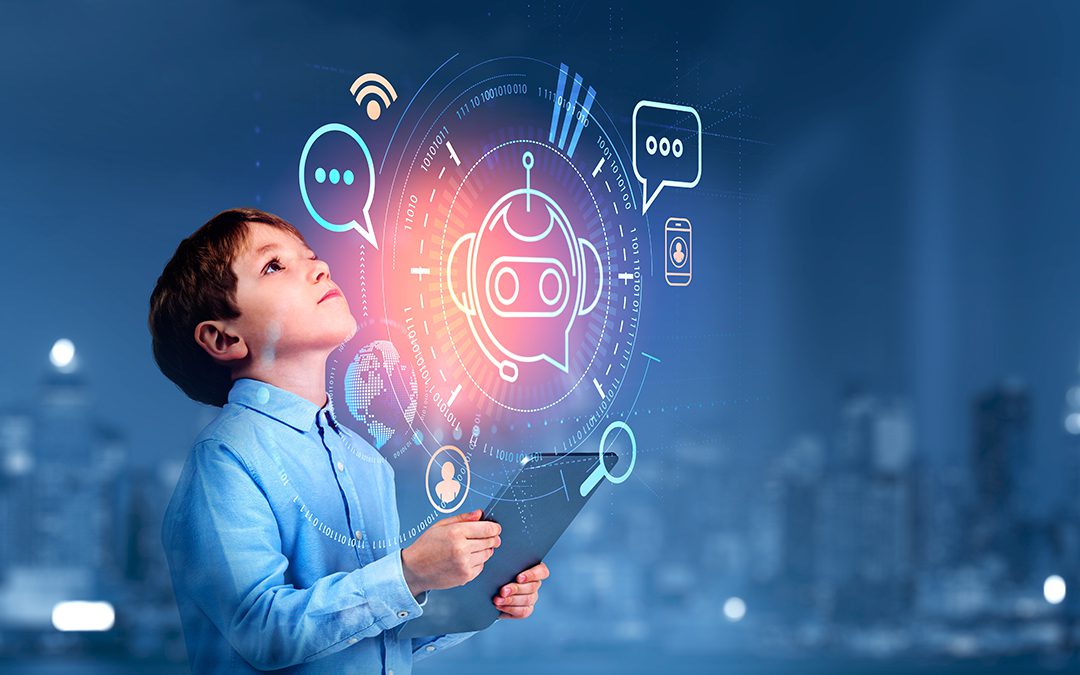AI-Powered Software: How Artificial Intelligence is Revolutionizing Applications is transforming the tech landscape, pushing the boundaries of what software can achieve. From enhancing productivity to automating complex tasks, AI is at the forefront of innovation, revolutionizing how applications function and interact with users. This fascinating journey into the world of AI-powered solutions reveals the immense potential and future possibilities of integrating artificial intelligence into everyday applications, showcasing both the technology’s capabilities and its implications for various industries.

In the ever-evolving landscape of technology, the significance of artificial intelligence (AI) has grown exponentially. It is no longer a mere concept from science fiction; instead, it’s a vital component of our daily lives. From the way we interact with our devices to how businesses operate, AI has become a transformative force across various sectors. This article explores the implications of artificial intelligence, its applications, challenges, and the future it promises.At its core, artificial intelligence refers to the capability of a machine to imitate intelligent human behavior.
The primary goal of AI research is to create systems that can function intelligently and independently, much like a human. This involves various aspects, including machine learning, natural language processing, and robotics. Each of these components plays a pivotal role in shaping the AI landscape.Machine learning, one of the most significant subsets of AI, focuses on developing algorithms that allow computers to learn from and make predictions based on data.
Unlike traditional programming, where specific instructions are coded, machine learning enables systems to improve their performance as they are exposed to more data. This has profound implications across numerous fields, including healthcare, finance, transportation, and entertainment. For instance, in healthcare, machine learning algorithms can analyze patient records to predict potential health risks, thereby facilitating preventive measures.Natural language processing (NLP) is another critical area of AI that deals with the interaction between computers and human language.
NLP enables machines to understand, interpret, and generate human language in a way that is both meaningful and useful. Applications of NLP are abundant, ranging from chatbots that provide customer service to advanced language translation tools that break down linguistic barriers. As AI continues to advance, the sophistication of NLP systems is expected to increase, making human-computer interactions more seamless and intuitive.Robotics, the physical manifestation of AI, integrates various technologies to create machines capable of performing tasks autonomously or semi-autonomously.
From industrial robots that assemble products to robotic vacuum cleaners that maintain household cleanliness, robotics has transformed how we approach labor-intensive tasks. The integration of AI into robotics has enabled machines to adapt to their environments, learn from their experiences, and make decisions in real-time, significantly enhancing their utility.Despite the numerous benefits that AI brings, it is not without its challenges.
One of the most pressing concerns is the ethical implications of AI technology. As machines become more autonomous, questions arise about accountability and decision-making. For example, in the case of self-driving cars, who is responsible if an accident occurs? These ethical dilemmas necessitate robust discussions and frameworks to govern the development and deployment of AI technologies.Moreover, the potential for job displacement due to automation is a significant concern for many workers.
As AI systems become more capable, there is a growing fear that they may replace human jobs, leading to economic instability. While some sectors may experience job losses, it is essential to recognize that AI can also create new job opportunities. The challenge lies in ensuring that the workforce is adequately prepared for this transition, which may involve re-skilling and up-skilling initiatives.Another challenge to consider is the issue of data privacy and security.
With AI systems relying heavily on vast amounts of data, the collection and storage of personal information raise significant concerns. Striking a balance between leveraging data for AI advancements and protecting individual privacy rights will be crucial in the coming years. Regulations such as the General Data Protection Regulation (GDPR) in Europe aim to address these issues, but ongoing vigilance is required to ensure that data is used ethically and responsibly.Looking to the future, the potential of AI is limitless.
As technology continues to advance, we can expect to see even more innovative applications of AI across various sectors. For instance, in education, AI can personalize learning experiences for students by adapting resources to individual learning styles and paces. In agriculture, AI-driven solutions can optimize crop yields and monitor environmental conditions, contributing to sustainable practices.Moreover, as AI technology becomes more accessible, we may witness an increase in its adoption by small and medium-sized enterprises (SMEs).
This democratization of AI tools can empower businesses of all sizes to harness the power of data and automation, ultimately driving economic growth and innovation.In conclusion, artificial intelligence is an integral part of our modern society, influencing various aspects of our lives and industries. While the benefits are substantial, it is imperative to address the challenges that accompany AI’s rapid advancement.
By fostering ethical practices, ensuring data privacy, and preparing the workforce for the changes that lie ahead, we can harness the full potential of AI while mitigating its risks. As we stand on the brink of a new technological era, the journey of artificial intelligence is just beginning, promising a future filled with possibilities and advancements that we can hardly imagine today.

